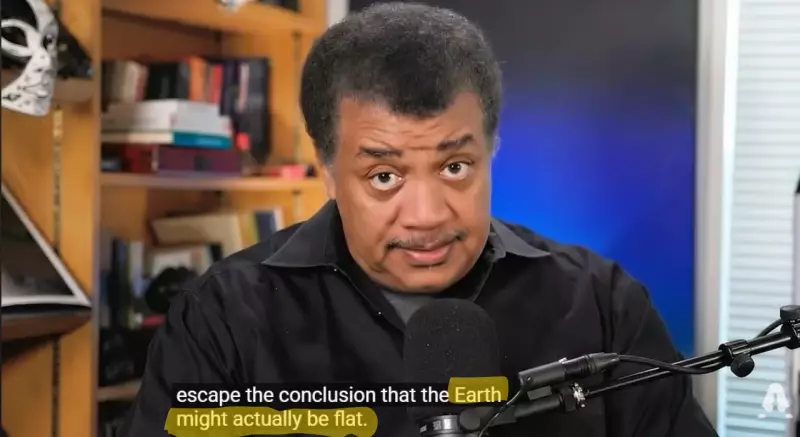
In an era where misinformation spreads faster than light, another viral claim has been rocking social media platforms. The rumor? That renowned astrophysicist Neil deGrasse Tyson, one of science's most prominent communicators, suddenly admitted that the Earth is flat.
The Viral Claim That Shook Science Circles
Across various social media platforms, posts and videos have been circulating with a sensational headline: "Neil deGrasse Tyson Admits Earth Is Flat." These claims suggested that the famous scientist had reversed his long-standing position on Earth's spherical nature, sending shockwaves through scientific communities and confusing countless followers.
Fact-Checking the Sensational Headlines
However, a thorough investigation reveals a completely different story. The viral posts appear to be manipulating and taking out of context Tyson's actual statements about scientific measurement and perception. In reality, the astrophysicist has never wavered from established scientific facts about our planet's shape.
What Neil deGrasse Tyson Actually Said
Neil deGrasse Tyson has consistently maintained that Earth is an oblate spheroid—essentially a sphere slightly flattened at the poles. His actual discussions have focused on how ancient civilizations determined Earth's curvature and the sophistication of their measurement techniques, not on questioning fundamental planetary science.
Why This Hoax Gained Traction
The false claim gained momentum due to several factors:
- Celebrity scientist involvement: Targeting a high-profile figure like Tyson guarantees attention
- Controversial nature: Flat Earth theories naturally generate engagement and debate
- Social media algorithms: Controversial content often receives preferential treatment in feeds
- Scientific misunderstanding: Complex scientific concepts taken out of context
The Dangers of Scientific Misinformation
This incident highlights the ongoing challenge of scientific literacy in the digital age. When respected scientists' words are twisted to support anti-science narratives, it undermines public understanding of basic scientific principles. The Flat Earth movement, despite being thoroughly debunked by centuries of evidence, continues to find new life through social media manipulation.
How to Identify Science Misinformation
Experts recommend several strategies to avoid falling for such hoaxes:
- Always check primary sources and original statements
- Verify claims through reputable science organizations
- Be skeptical of headlines that seem too sensational
- Understand that established science doesn't change overnight
- Follow scientists directly rather than through third-party interpreters
Neil deGrasse Tyson remains one of science's most vocal advocates for rational thinking and evidence-based understanding of our universe. The next time you see a shocking scientific claim on social media, remember to fact-check before sharing—because in the battle against misinformation, critical thinking is your best defense.





